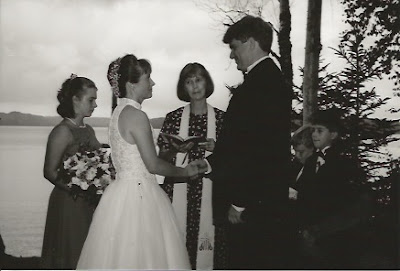I never heard about any of this in my school of ed
Statements like this occasionally pop up in my Twitter stream - usually during something like #edchat. Given my involvement in teacher preparation, it is easy to get defensive about these Tweets. So I try to ignore them. Last week, however, was Twitter Math Camp (TMC) and the following was Tweeted at the end of the sessions: "None of this stuff we've talked about these last three days came up in my education program." Sorry, I couldn't ignore this one.
I am not here to defend the current state of teacher preparation. There are certainly issues that need to be addressed. But introducing the latest popular instructional approaches is not the answer. In fact, chances are your education classes were talking about ideas that were popular at some point in time.
Hattie (2011) suggests that schools of education often put too much emphasis on particular methods of teaching, thereby ignoring what is most important - learning. Reading this reminded me of a time when I made sure all of my preservice teachers were proficient in writing Launch, Explore, Summarize (LES) lessons. What I considered to be one of the best middle school mathematics curriculum, Connected Mathematics Project, used this format and I wanted my students prepared to use it. Then I got an email from a former student who had just got a teaching position in a middle school that used Saxon Math which follows a much more traditional approach. She was at a loss about how to apply the LES format. I was preparing teachers to use a particular method but not necessarily to support learning.
For Hattie, teaching for learning requires educators to gather data on and analyze the effectiveness of the instructional methods being used. Reading this was affirming since after several episodes like the one described above I moved from pushing the LES approach to encouraging a certain stance. I wanted the preservice teachers to see themselves as educational researchers in order to determine what was and wasn't working for their students.
The push-back from some of these future teachers has been interesting. I usually get a few each semester who ask, "Why don't you just tell us the best way to teach math?"
I respond, " I don't know what grade level you're going to teach. I don't know where you're going to teach. I don't know what text you're going to be using. Deciding the best approach to use is dependent on these factors and many more. My goal in this class is to provide you with opportunities to practice using the tools that will support you in making those decisions. I want to help you to develop educational phronesis: practical wisdom that allows you to consider what's currently available to foster learning and what's worth doing under the circumstances."
Does this mean that my students might not be familiar with 3 Acts or foldables or "My favorite no" or some other great ideas the mathtwitterblogosphere comes up with in the coming years? Probably. But if these preservice teachers become educators who attend TMC and critically consider how to adapt what they hear for their students, then I will be happy.






